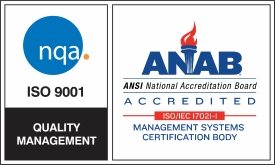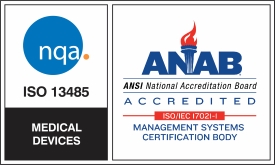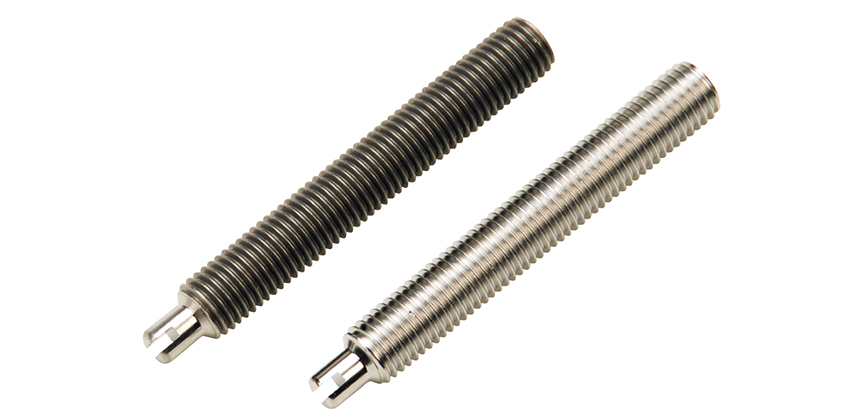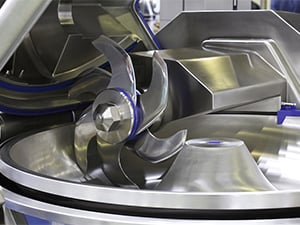
From exposure to salt and acids and near constant moisture, industrial food processing blades must stand up to a wide variety of potentially corrosive ingredients without losing their edge.
Such blades must also meet strict requirements regarding quality and cleanliness to ensure that food products are not at risk of contamination from foreign particles, debris or pathogens.
At the same time, food industry equipment is held to a high aesthetic standard; a bright shiny appearance inspires confidence in the equipment’s cleanliness and purity.
Those are some of the key reasons manufacturers of food industry blades – typically made of 400 series heat-treated stainless steel – specify electropolishing for finishing these critical metal parts.
How Electropolishing Works to Rid Food Processing Blades of Surface Defects & Improve Corrosion Resistance
Electropolishing, which uses an electrical current and a chemical bath to gently remove a precise layer of surface material, is unmatched in its ability to leave food processing blades free of microcracks, pits, burrs and foreign contaminants introduced through other manufacturing processes.
Burrs are a risk because not only can they interfere with a blade’s cutting effectiveness but they can also break off during use resulting in a risk of product contamination.
By removing embedded contamination and improving the surface finish, electropolishing also provides significantly improved corrosion resistance.
An Ultrasmooth Surface that Inhibits Pathogen Growth
Electropolished stainless steels have been shown to inhibit pathogen growth by creating a surface inhospitable to the formation of “biofilms” – a linked structure by which pathogens that include E. coli and salmonella become more resistant to ordinary cleaning and sanitizing processes.
Studies by a unit of the U.S. Department of Agriculture describe how an electropolished surface inhibited the formation of such structures. The findings, which were particularly important in the poultry industry where the production pace creates an increased risk of bacterial build-up and cross contamination, compared 11 different finish types and found that electropolishing created the most resistance surface.
Read more on this topic in our whitepaper on electropolishing’s role in reducing bacterial cross contamination in food production equipment.
A Finish that Can Stand Up to the Rigors of Aggressive Cleaning
Corrosion resistance and cleanability are critical attributes for food processing blades, which must stand up to frequent and aggressive cleaning processes to protect against bacteria and cross-contamination.
Electropolishing improves performance on both counts, significantly improving corrosion resistance and making cleaning processes more effective. By removing the outer skin of material, electropolishing removes defects and foreign contaminants and provides stainless steel parts with up to 30x the corrosion resistance of passivation alone, while also leaving parts in a passive state.
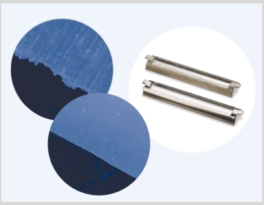
Before & After Deburring Example:
Blade Edge 420SS
Learn more about the benefits of electropolishing for food grade stainless steel, including blades, by reaching out to one of Able’s metal finishing experts, or sign up for one of our popular Lunch and Learn sessions.
You can also download our technical guide on metal finishing for the food industry.

